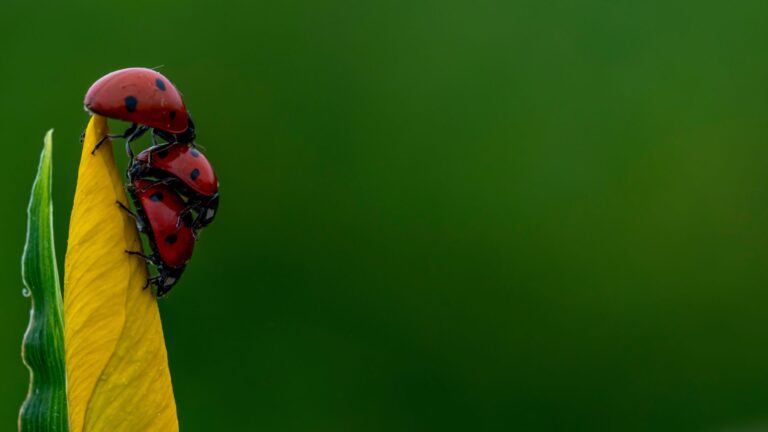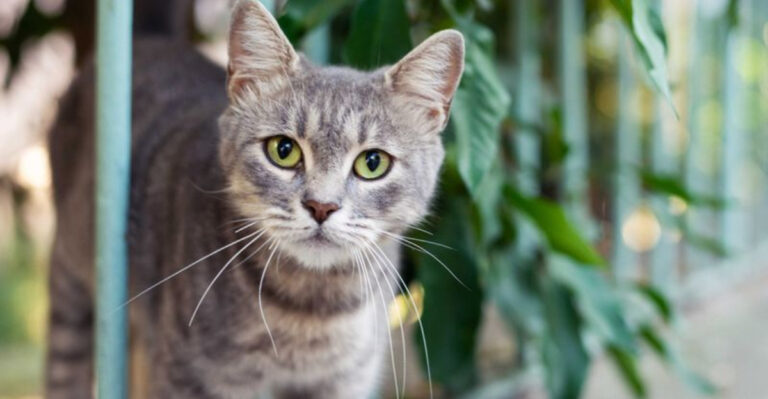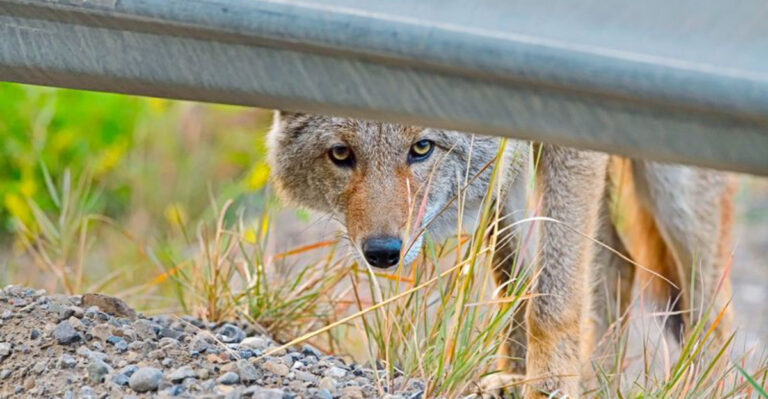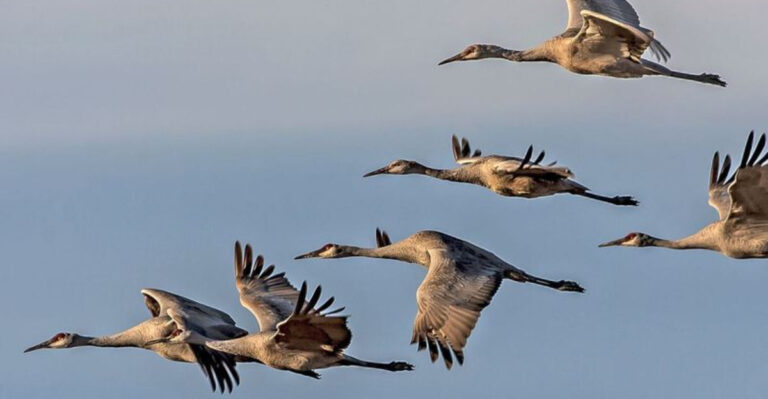The 15 Amazing Ways Cats Use Their Sense Of Smell
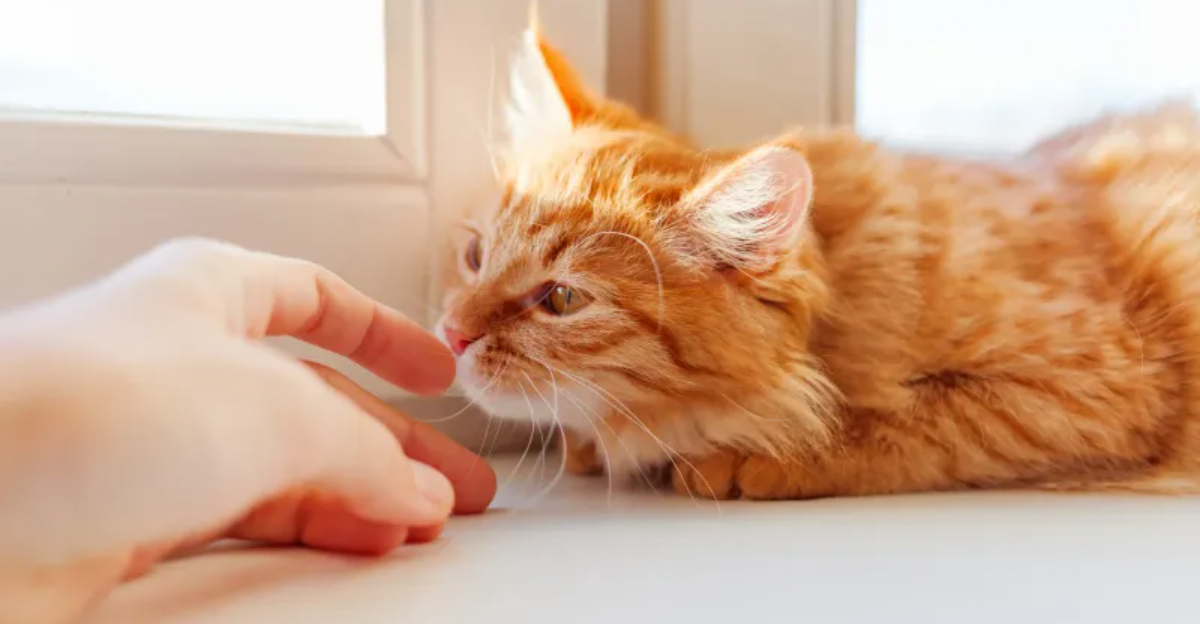
Did you know cats have a sense of smell more powerful than dogs? With up to 200 million scent receptors, they navigate the world in ways we can only imagine. From hunting to simply recognizing us, their noses are truly intriguing tools.
Let’s explore the unique ways cats use their extraordinary sense of smell, shedding light on behaviors that might have puzzled you. Get ready for some surprising insights!
1. Detecting Prey
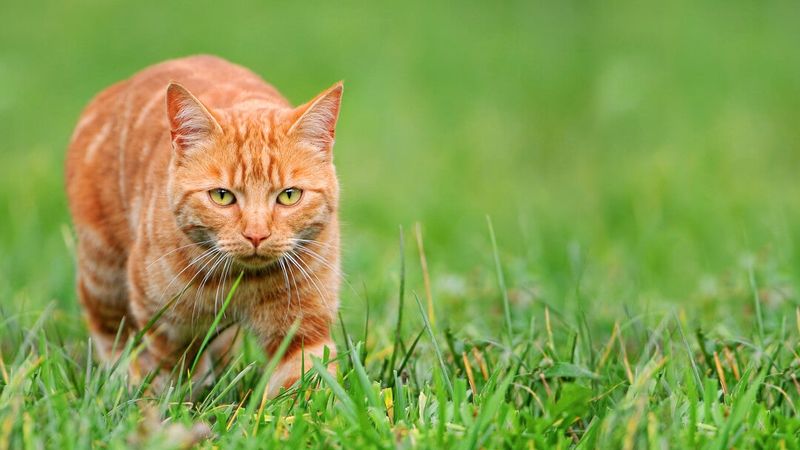
Cats are like nature’s detectives with their keen noses. They sniff out prey even when it’s hidden from sight. Whether it’s a mouse rustling in the grass or a bird perched on a high branch, cats rely on their powerful olfactory sense to track down meals.
Their noses help them detect the unique scents of different animals, making them formidable hunters in the wild.
2. Recognizing Humans
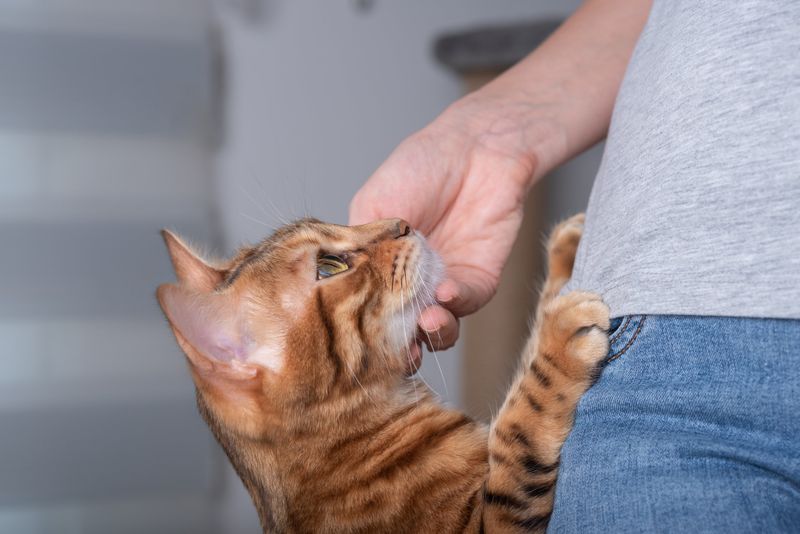
Ever wondered why your cat sniffs you when you come home? They recognize you by your unique scent. Cats use smell to identify their human companions, distinguishing them from others.
This behavior shows how important you are in their world. It’s not just about food; it’s about familiarity and comfort, as your scent becomes a part of their safe environment.
3. Marking Territory
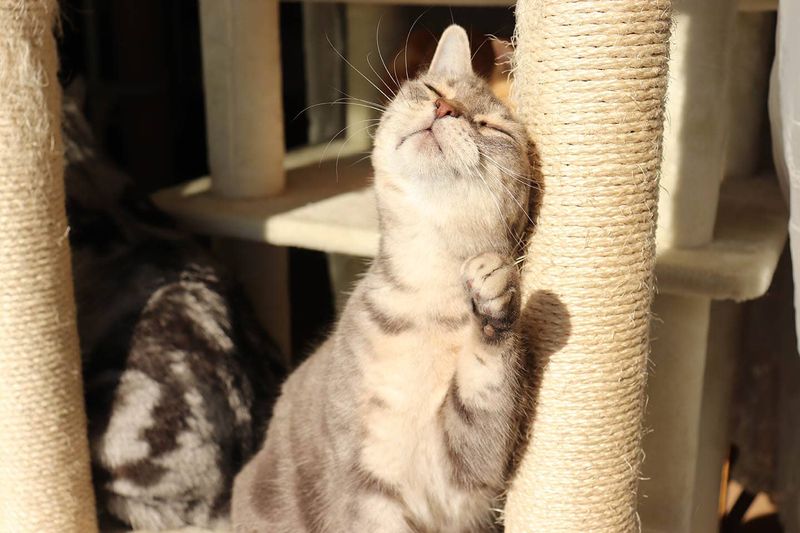
Cats are territorial creatures, and they use their scent glands to mark their domain. By rubbing their faces against furniture or trees, they deposit pheromones that signal ownership.
To them, it’s like putting up a ‘Do Not Disturb’ sign. This scent marking helps them feel secure in their surroundings, knowing they’ve established a personal space.
4. Finding Food
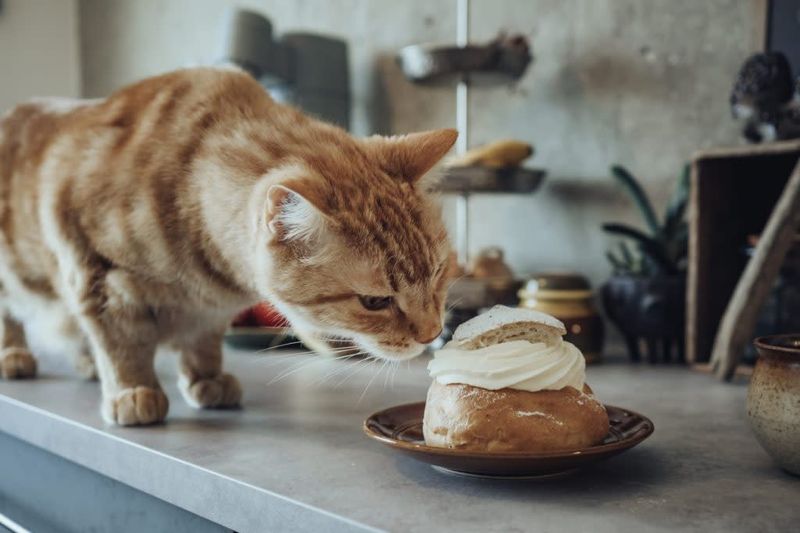
A cat’s nose knows when dinner is served! With their sharp sense of smell, they can detect food from a remarkable distance.
Whether it’s dry kibble or wet food, the aroma entices them to explore the source. This skill isn’t just for domestic meals; in the wild, cats use it to locate prey, ensuring they never miss a meal.
5. Identifying Other Animals
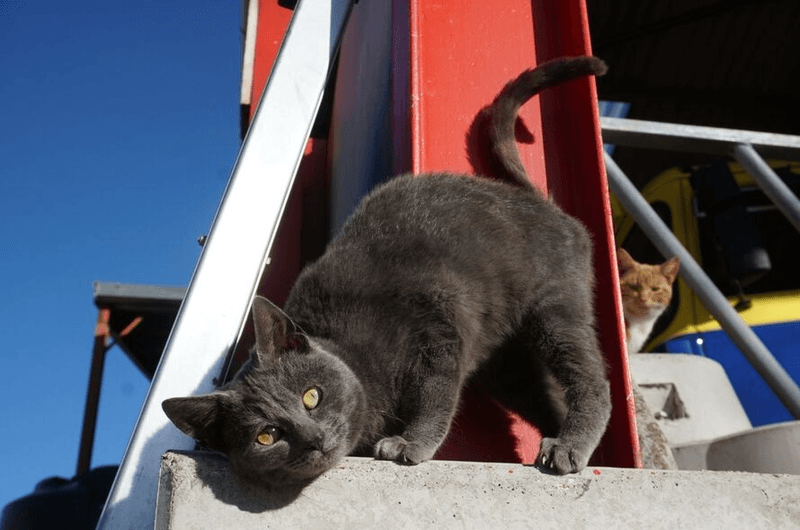
When cats encounter other animals, they rely heavily on smell to assess the situation. Sniffing allows them to gather information about the newcomer, such as age, gender, and health.
It’s like a social introduction in the animal world. This olfactory inspection helps them decide whether to befriend, ignore, or chase away the other animal.
6. Mating Signals
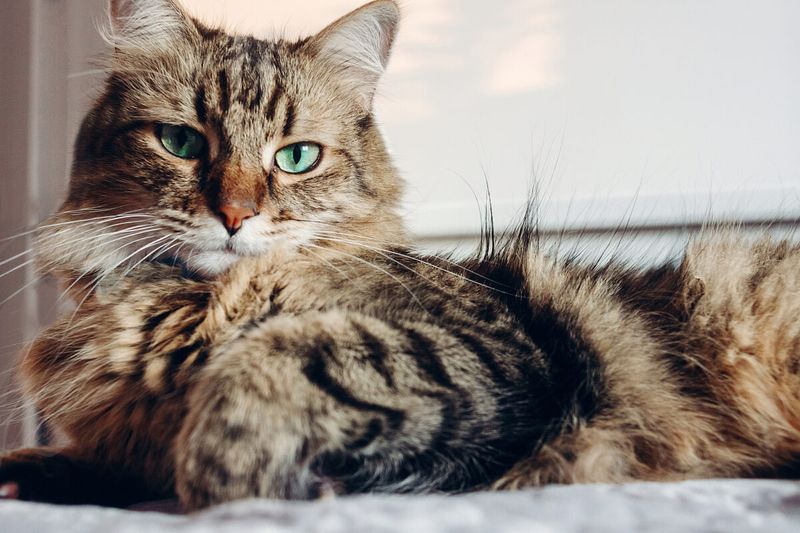
Love is in the air, quite literally, for cats. They use their noses to detect pheromones released by potential mates. These chemical signals guide them during mating season, ensuring they find compatible partners.
The male cat’s keen sense of smell leads him to the female, understanding her readiness for mating through scent alone.
7. Avoiding Dangers
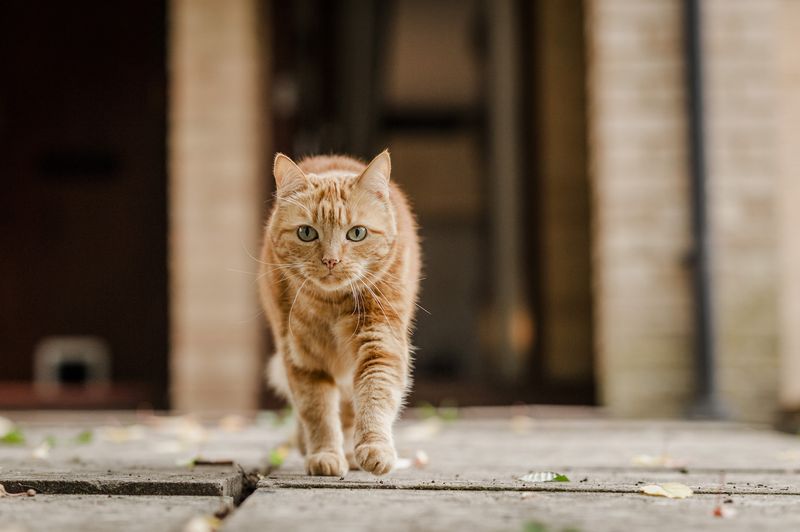
Cats aren’t just hunters; they’re savvy survivors. Their sense of smell alerts them to potential dangers, such as predators or spoiled food.
By sniffing the air, they gather crucial information about their environment. This olfactory awareness allows them to avoid threats, keeping them safe and sound in their adventurous explorations.
8. Social Bonding
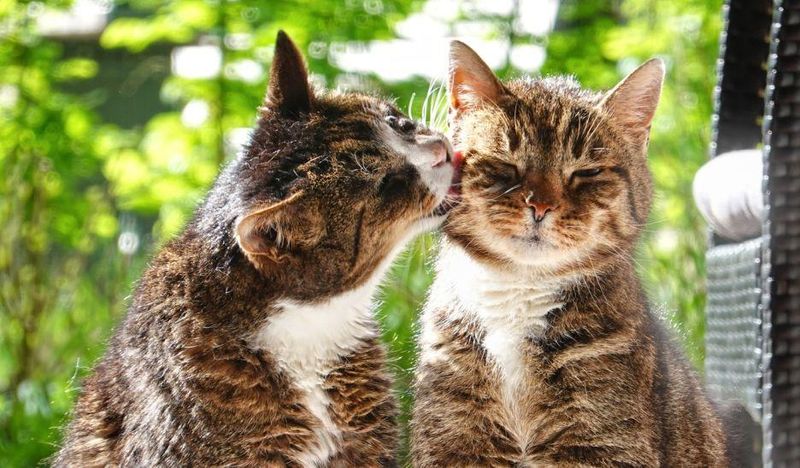
Nose-to-nose greetings among cats are more than just cute—they’re bonding moments. This behavior strengthens social ties and establishes trust.
Through these sniffing rituals, cats exchange scents, learning more about each other. It’s their way of saying, “You’re part of my circle.” Such interactions help maintain harmony within cat communities.
9. Exploring New Environments
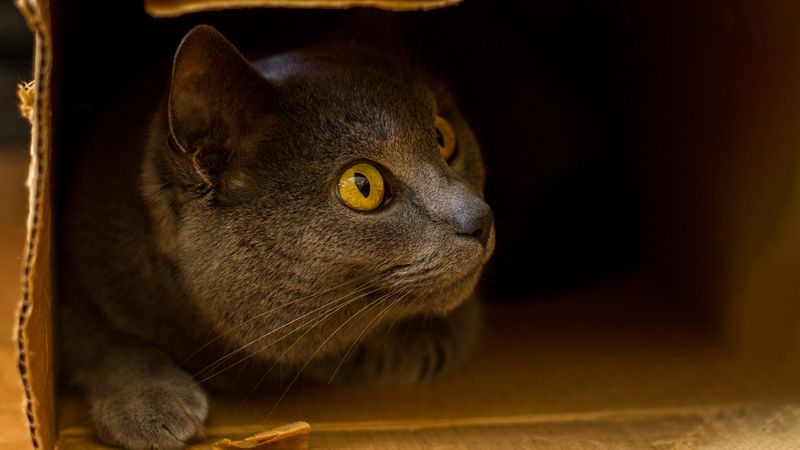
Moving to a new place? Your cat’s nose goes on high alert! They explore unfamiliar environments by sniffing everything in sight.
This behavior helps them map out their surroundings, making new spaces feel more like home. By gathering scent information, they quickly adapt, ensuring they feel secure and comfortable in any setting.
10. Detecting Illness
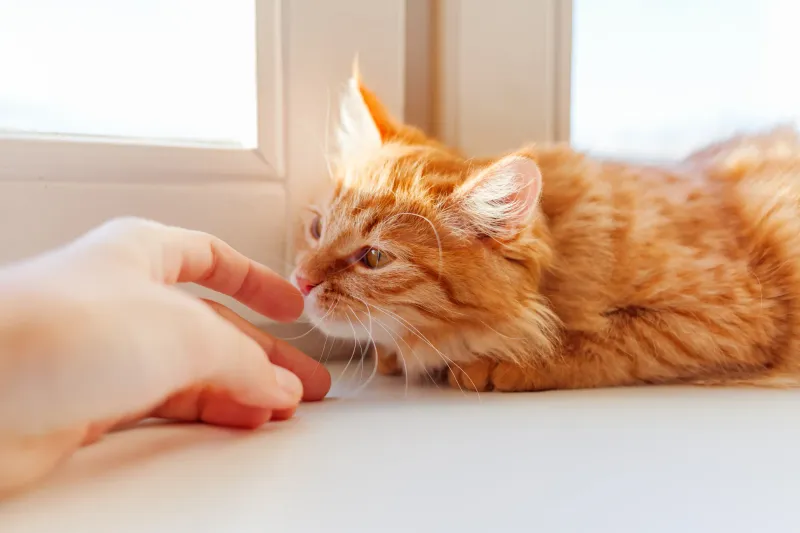
Cats can sense when another cat is unwell through changes in scent. Illness can alter an animal’s natural aroma, and cats pick up on these subtle differences.
This ability helps them identify when a companion is sick, sometimes even before visible symptoms appear. It’s a testament to their incredible noses and instinctive care for their kind.
11. Understanding Human Emotions
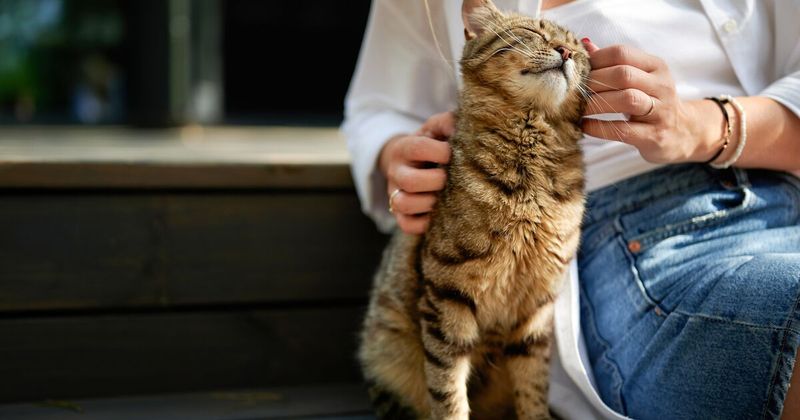
Cats have an uncanny ability to sense their owner’s emotions. Changes in body chemistry, such as stress-induced pheromones, are detected by their sensitive noses.
Your cat might offer extra cuddles when you’re feeling down, recognizing your emotional state. This extraordinary connection strengthens the bond between cats and their human companions, showcasing their empathetic nature.
12. Communicating Comfort
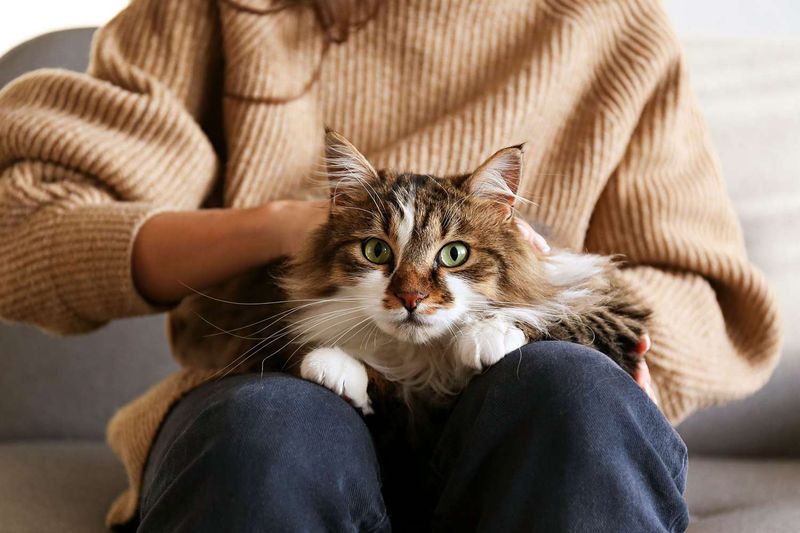
When a cat kneads, it’s not just a cute behavior. They release calming pheromones through their paws. This scent-based communication provides comfort and reassurance, both to themselves and those around them.
It’s a soothing signal that says, “All is well.” Understanding this behavior reveals how deeply scent is woven into their lives.
13. Navigating In The Dark
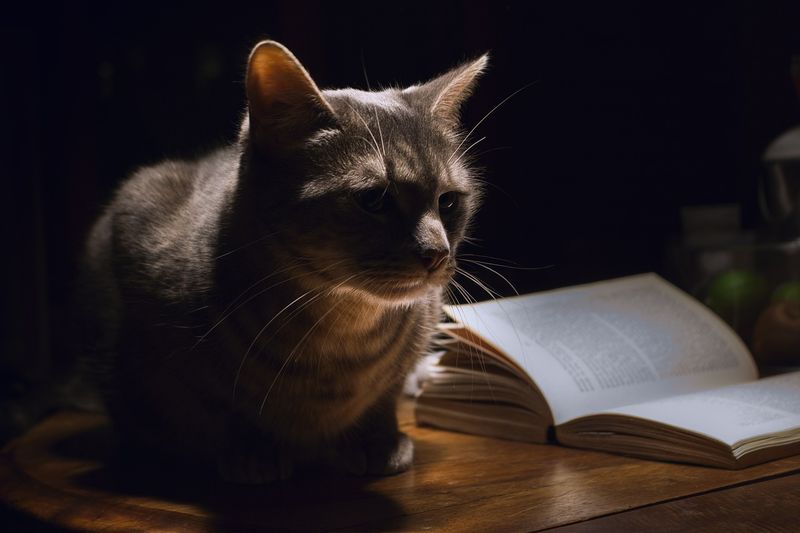
In the dark, a cat’s nose leads the way. Their sense of smell helps them navigate without relying on sight. By picking up familiar scents, they move confidently, avoiding obstacles.
This olfactory guidance is crucial during nighttime adventures, allowing cats to explore their surroundings with ease, even in low light conditions.
14. Recognizing Siblings
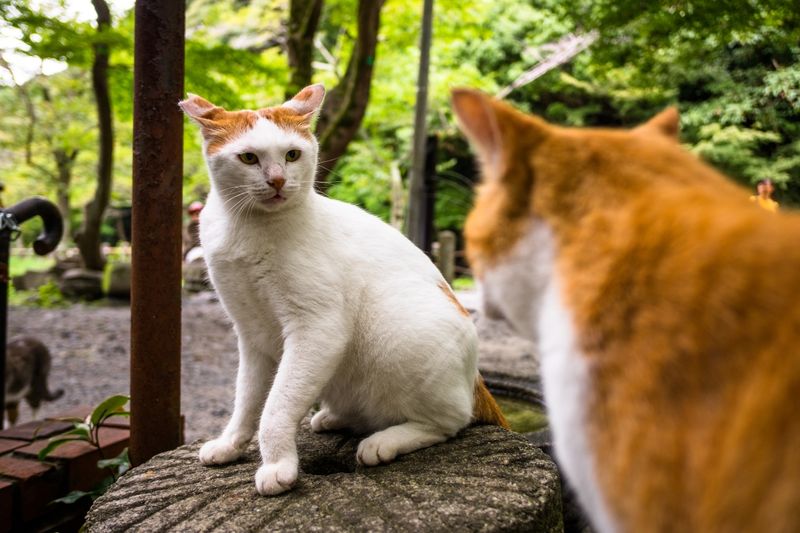
Siblings share a special scent that helps cats recognize each other. This familial aroma is established early in life when kittens are nursed together.
As they grow, they use scent to maintain these connections, even if separated for some time. This recognition through smell reinforces their bond, ensuring a sense of family unity remains strong.
15. Detecting Changes In Weather
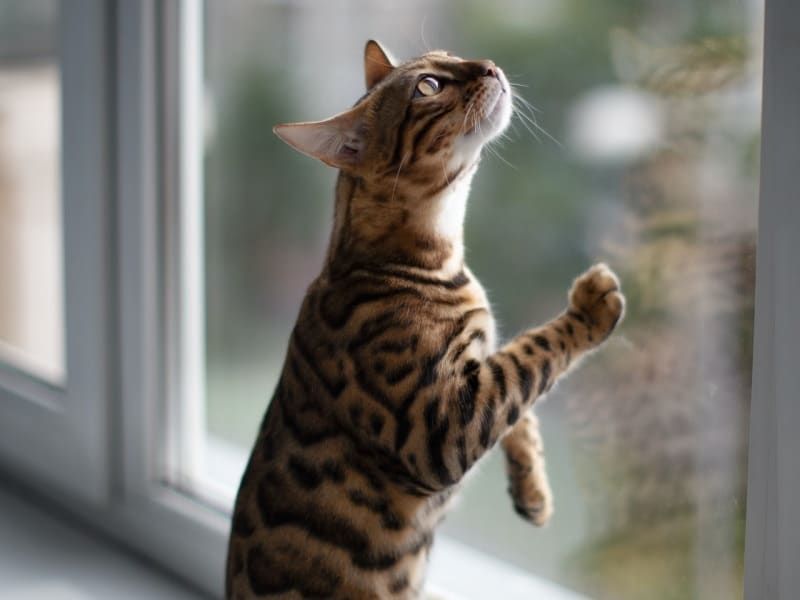
Cats can smell shifts in the weather, such as approaching rain. Changes in atmospheric pressure and humidity release distinct scents that their noses pick up.
You might notice your cat behaving differently before a storm, becoming more alert or restless. Their weather-sensing abilities are just another facet of their fascinating olfactory skills.

